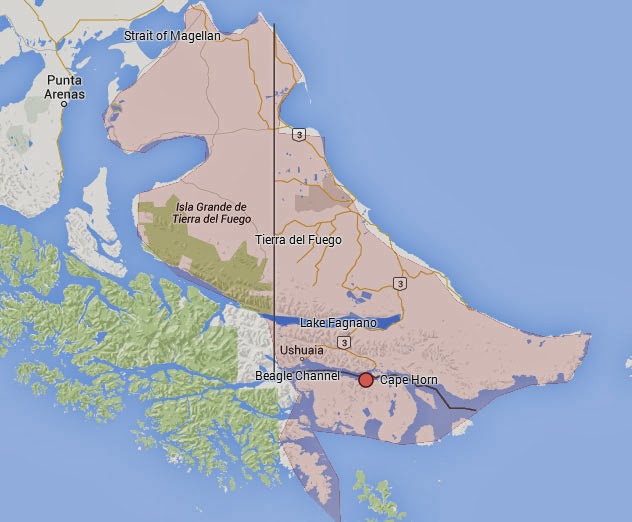A New Bird Species of Tapaculo Discovered in Peru
- To our knowledge, there is no photograph of the new Juni Tapacaulo. This is rare photo of a Vilcabamba Tapaculo, Photo: Alex Duran.
A new species of bird of the genus Scytalopus commonly known as “Tapaculos”, has been found in the remote Andean Mountains of Central Peru. Peter Horner and colleagues made this amazing discovery while conducting field work in the region. Vocalizations of the undescribed species were first tape-recorded by the main author who stated that the song of this bird sounded different from other Tapaculos occurring in the region. The authors initially thought this vocalization may just be a variation of a well-known Tacapulo.
Tapaculos are notorious for being similar in appearance and for living inside thick and dark vegetation close to the ground. This means that they are very difficult to identify with certainty just by their appearance. Fortunately, Tapaculos are also notorious for their loud and having distinctive vocalizations. If one becomes familiar with their vocalizations, then identifying Tapaculos can be rather easy.
Most Tapaculos of the genus Scytalopus occur in the Andes. Species replace each other along the altitudinal gradient and their longitudinal range is often limited by geographic features. Along the Andes often two or more species of Tapaculos occur at most locations.
The discovery of the new Tapaculo presented a similar scenario. There more than two tapaculos found in the region. In fact the new Tapaculo, now known as Scytalopus gettyae, (Junin Tapaculo) was tape-recorded by several ornithologists prior to being determined it was a new species. Earlier recordists identified these recording as a variation of the well-known “Large-footed Tapaculo” (Scytalopus macropus) one of the most widespread of the Andean Tapaculos. Peter Horner and his colleagues dug deeper into finding out the identification of this bird, consulted expert ornithologists, and conducted a DNA analysis that led them to the conclusion that this indeed was an undescribed species of Tapacaulo in the Junin Region of Central Peru.
Wildlife, tours and travel in South America
There are a few species of Neotropical birds currently regarded as subspecies, but are likely to be elevated and formally described as species. A greater knowledge of the distribution and natural history of Neotropical birds, coupled with advances and access to molecular analysis are resulting in a wave of new discoveries. Some say there many more species of Neotropical birds than we currently recognize.
There are a few species of Neotropical birds currently regarded as subspecies, but are likely to be elevated and formally described as species. A greater knowledge of the distribution and natural history of Neotropical birds, coupled with advances and access to molecular analysis are resulting in a wave of new discoveries. Some say there many more species of Neotropical birds than we currently recognize.



Comments
Post a Comment